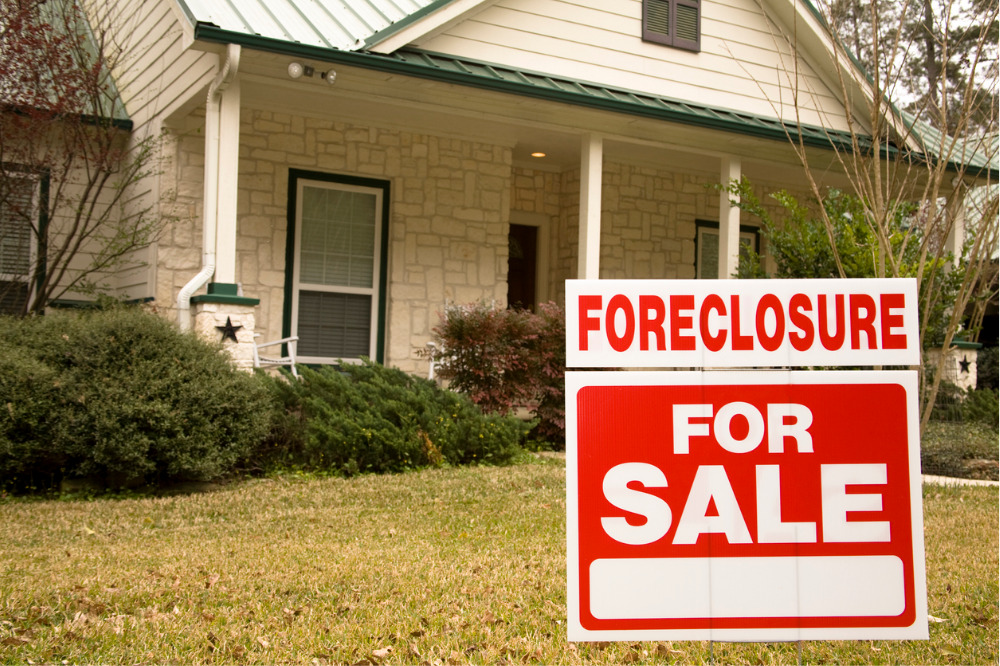The number of mortgagee sales in Australia has recently surged but was still much lower than the volume taken to the market during the COVID-19 pandemic.
This was according to data from Ray White Group, which showed that the number of mortgage sales lifted in the three months to July, as interest rates finally increased. To determine the rate of mortgagee sales, the group’s research team identified listings on Domain and other advertising portals which featured the word “mortgagee,” tracing back to the start of 2020.
Homeowners were feeling the pinch from the removal of mortgage repayment freezes during COVID-19, with distress listings hitting a peak of more than 250 properties in October 2021, prior to a steady decline over six months to about April this year, nine.com.au reported.
“In Australia, with interest rates increasing, the cost of living rising, and particularly high debt levels, there has been a lot of discussion around mortgage stress,” wrote Nerida Conisbee, Ray White senior economist, in her weekly property economics report. “The ultimate outcome of mortgage stress is being unable to pay a loan and the property becoming a mortgagee sale.”
Conisbee said the figures started rising from March 2020, driven by recession at that time, and were then mitigated by repayment honeymoon periods for mortgage holders.
“The number of mortgagee sales however didn’t increase as much as they could have during this time given that banks offered six-month mortgage payment freezes from the end of March 2020,” she said.
According to the figures, the rate of mortgagee sales took a dip at the end of 2020 and 2021 as market conditions got better and the short recession ended, nine.com.au reported.
“Not surprisingly, the biggest increase we saw over this time period was when mortgage payment freezes came to an end in March 2021,” Conisbee said. “Despite a red-hot property market, and an economy that was getting back to normal, the number was elevated because borrowers who were in mortgage stress were helped through by the freeze on payments. Right now, we have seen a pickup in mortgagee sales however at this point they remain below what we have seen through the pandemic. It also highlights how important the support of banks is when it comes to helping people through mortgage stress.”
Mortgage holders, Conisbee said, will now be prepared by low unemployment, “well capitalised” banks, and high levels of savings, with Aussies tucking away rainy-day money during COVID-19.
NAB data has also revealed that home loan borrowers kept up with their repayments during the period of super-low interest rates, and so are ahead on their mortgages.
Earlier this year, Andy Kerr, NAB’s executive of homeownership, noted that most housing loan customers do not borrow to their maximum.
“It is single-digit percentage customers who borrow at capacity, remembering that capacity includes the 3% buffer,” Kerr told nine.com.au. “And what is really fascinating is that over the last five years, possibly longer, the number of people who borrow at capacity has not really changed. Even as house prices have been going up, we have not seen customers getting to their capacity. What surprised me is how steady it has been.”


